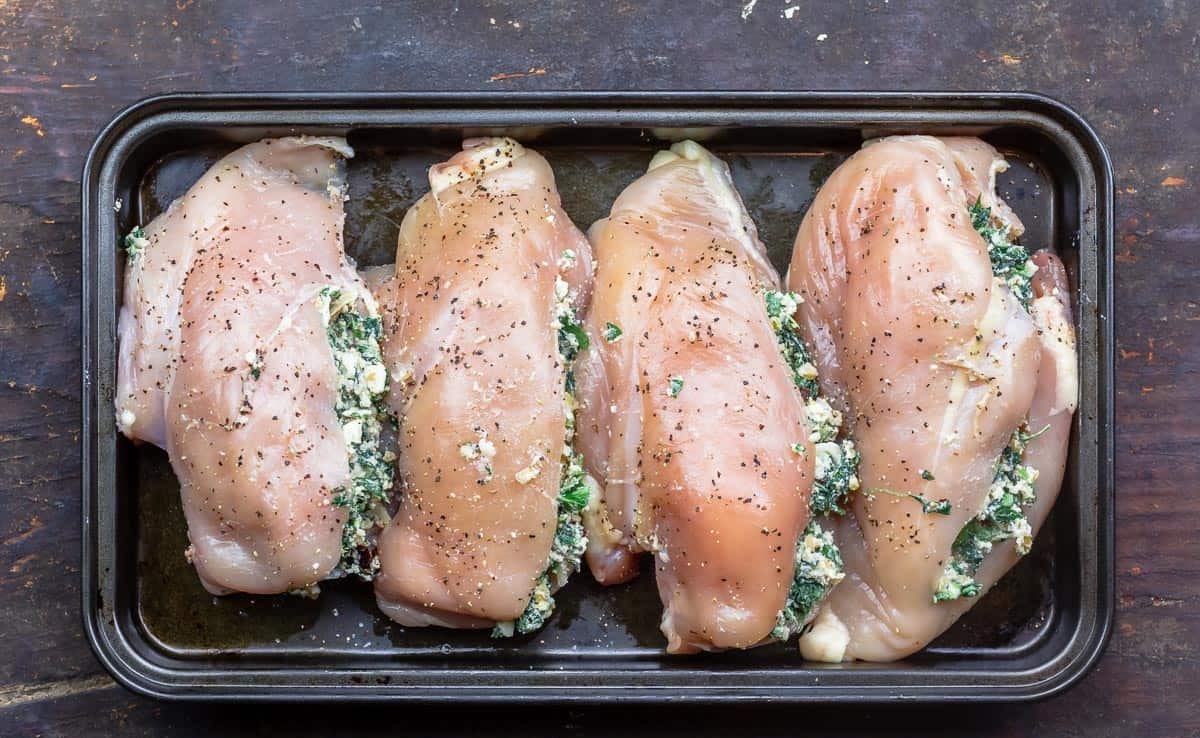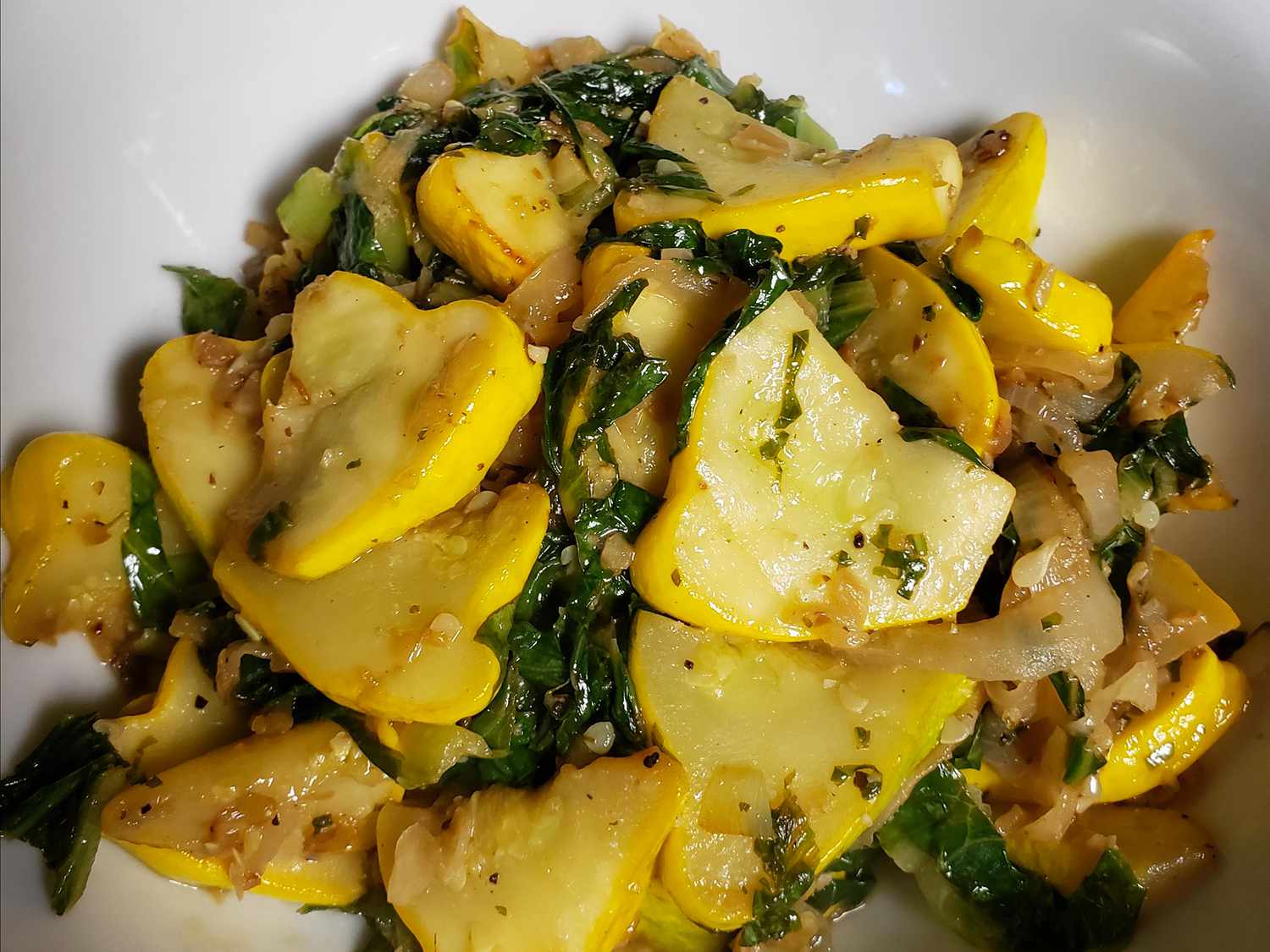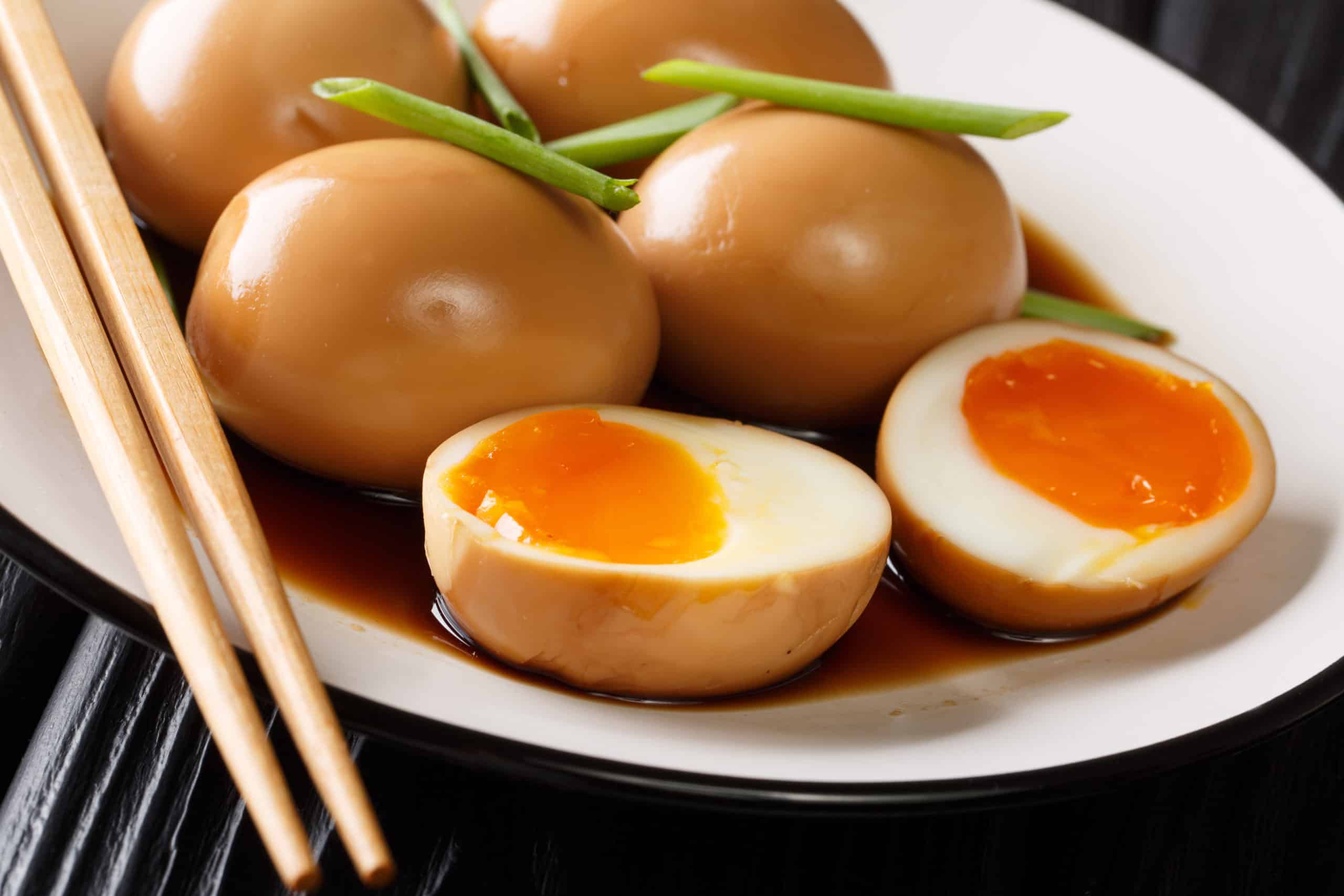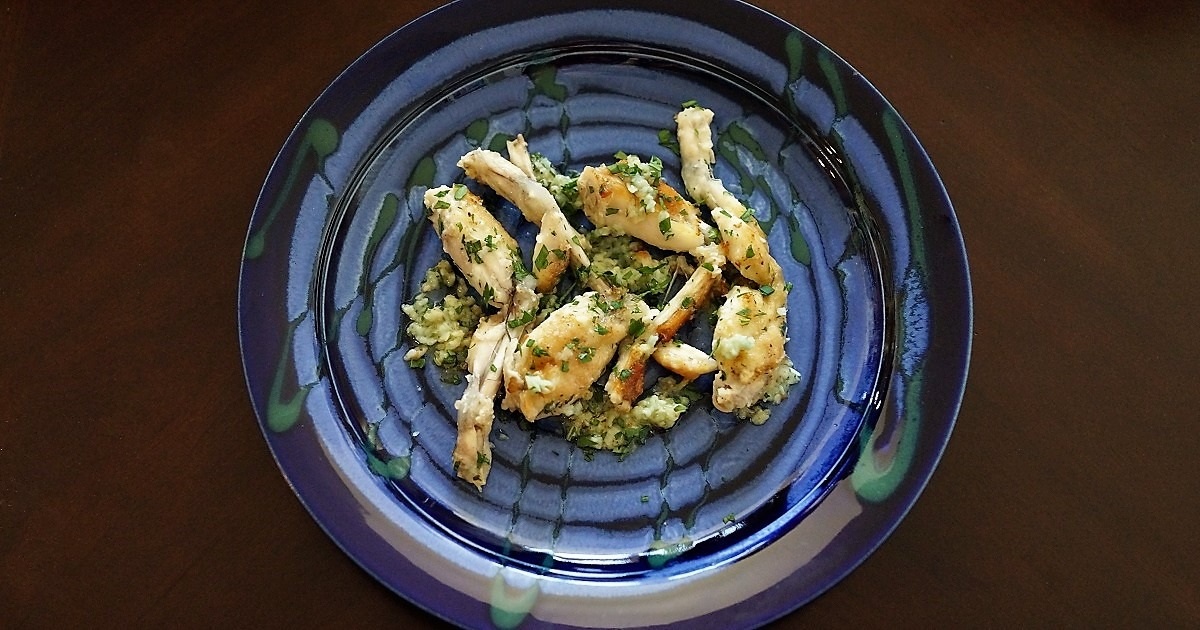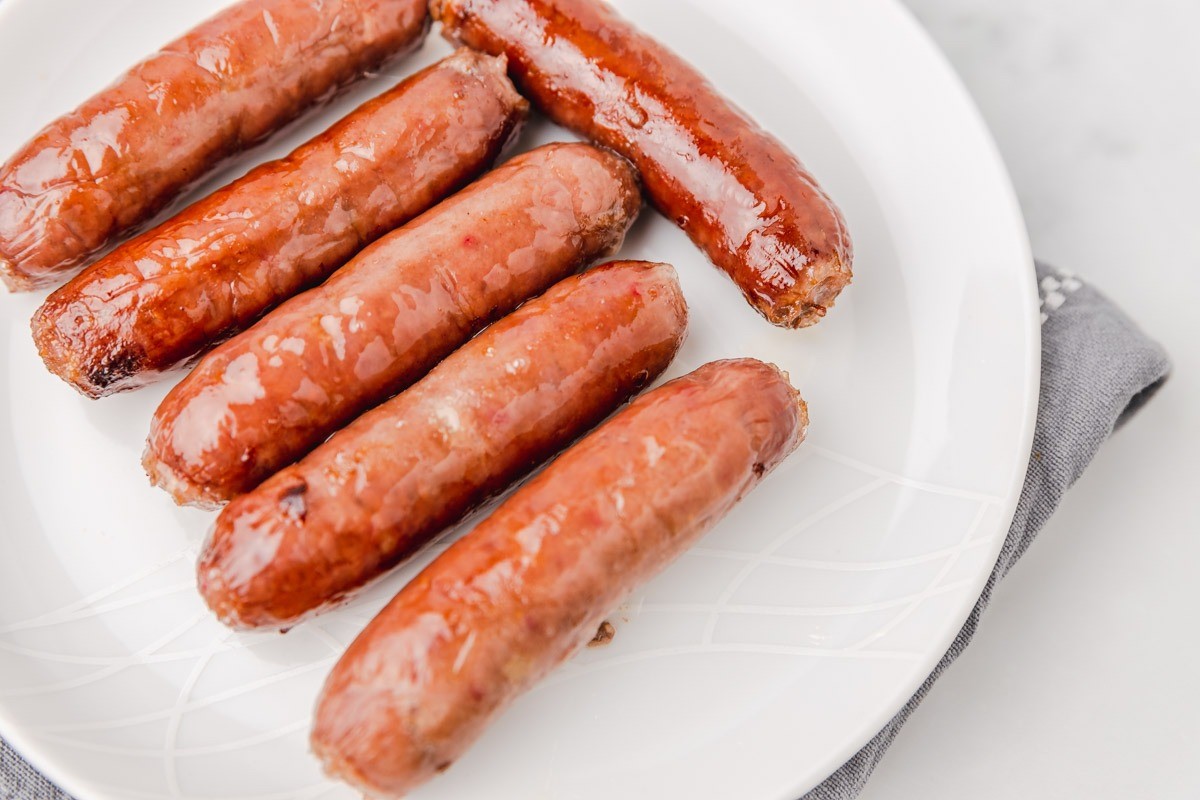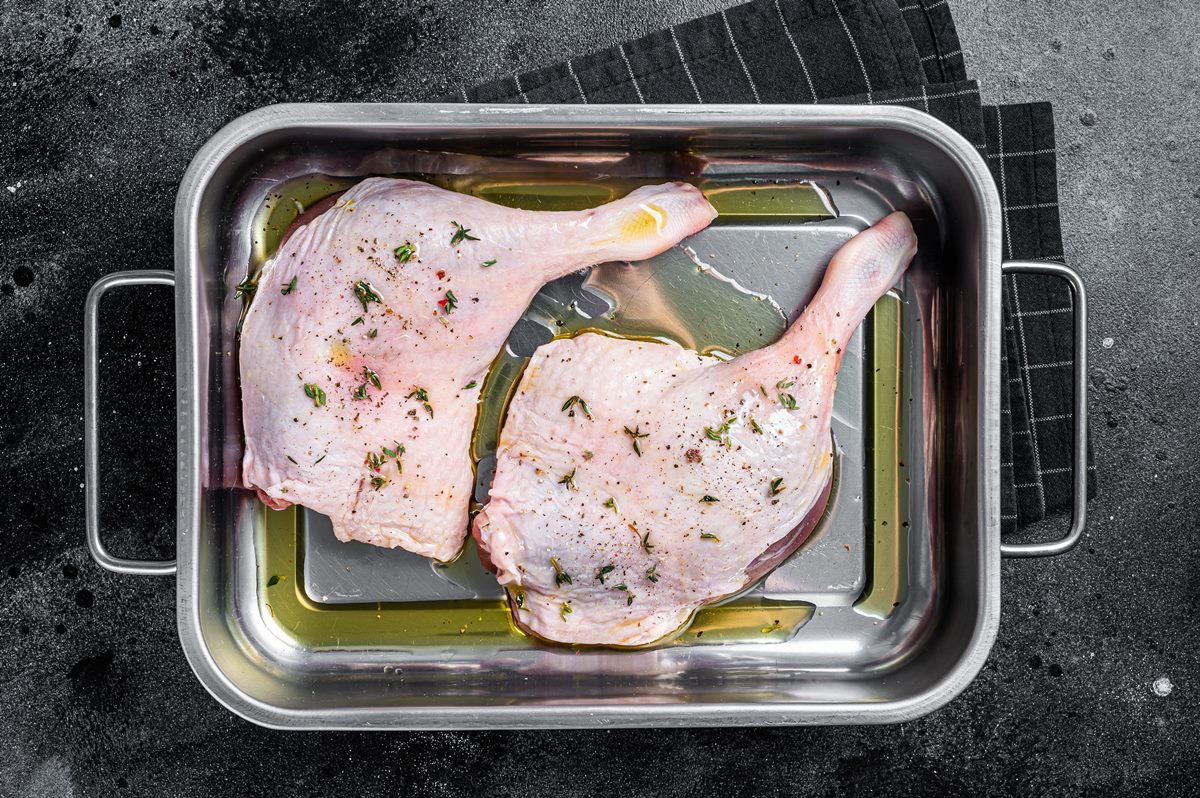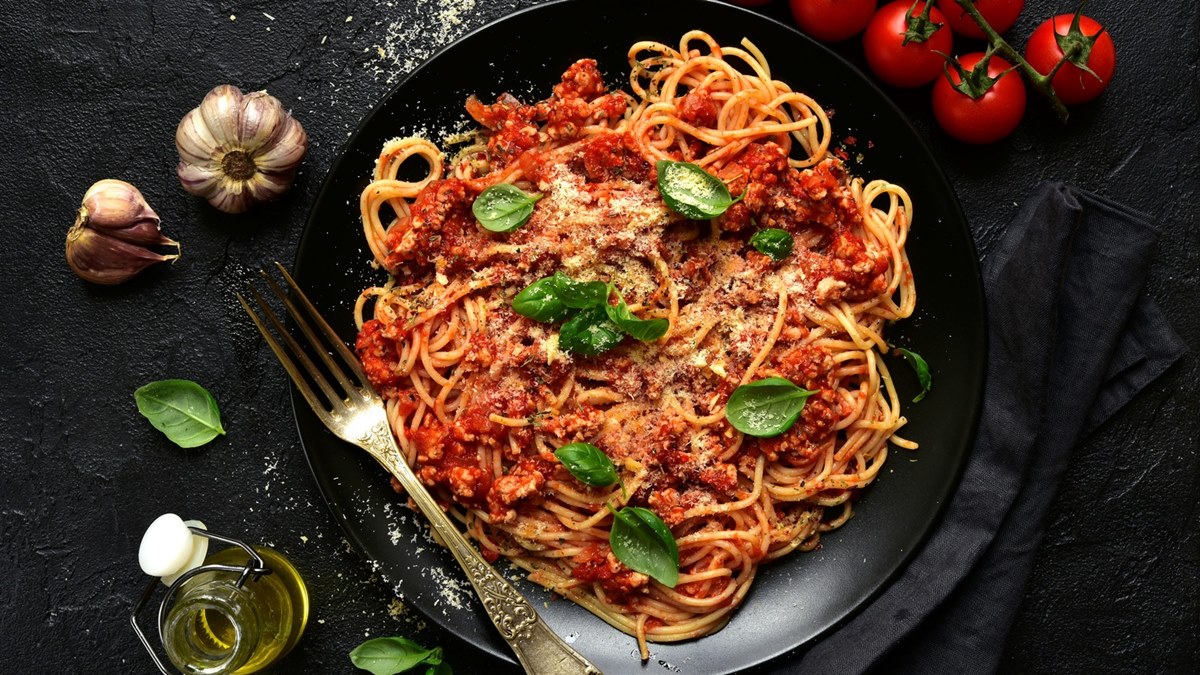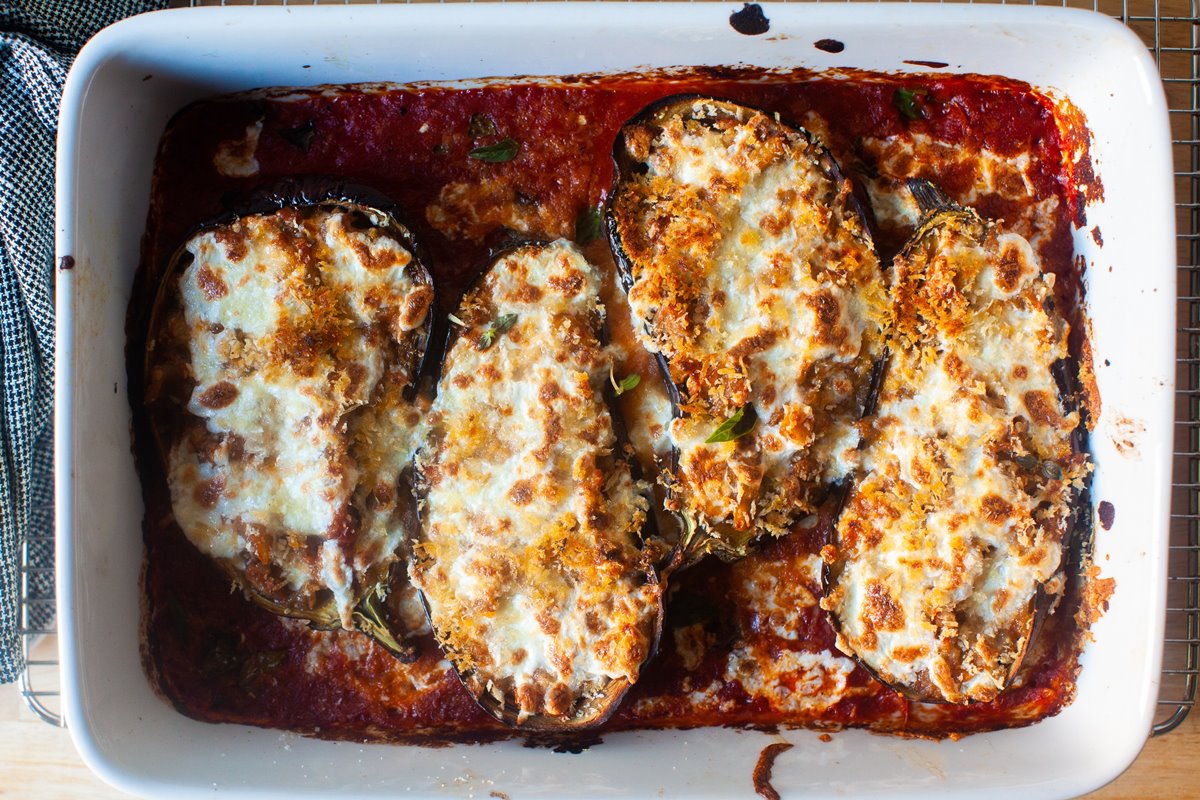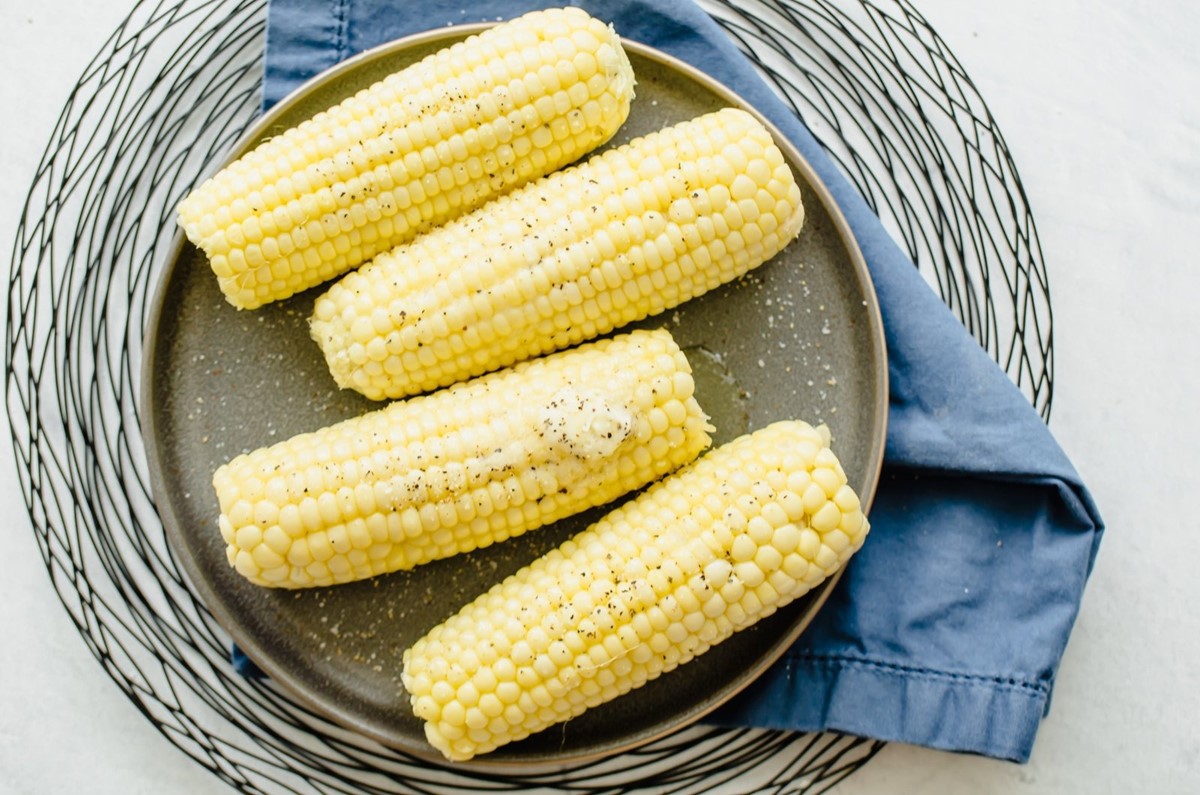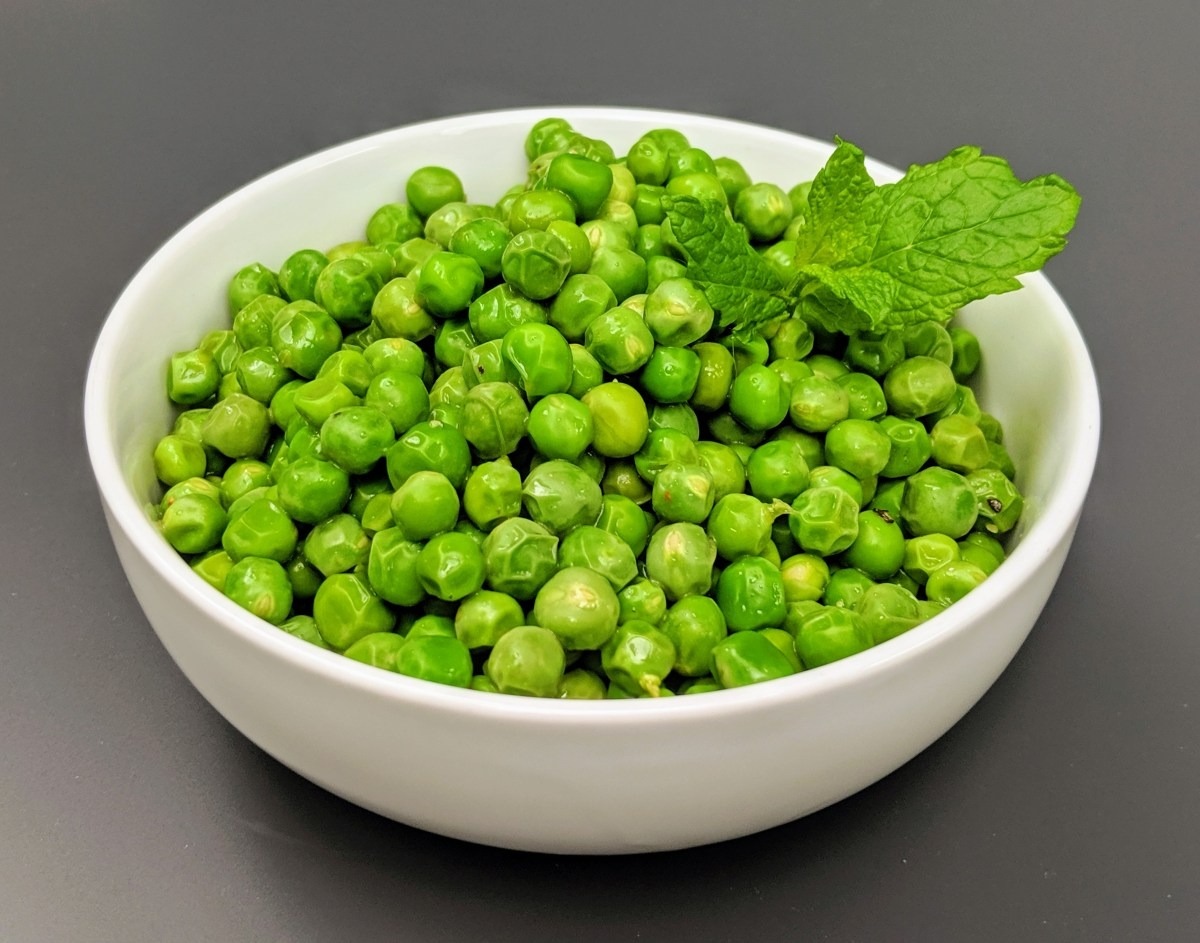How To Cook A Frozen Brisket: A Beginner’s Guide
Cooking a frozen brisket may seem like an intimidating task, but with the right techniques, you can achieve a delicious and tender result. Whether you forgot to thaw your brisket or simply prefer cooking it from frozen for convenience, we’ve got you covered. In this blog post, we will walk you through step-by-step instructions on how to cook a frozen brisket like a pro.
1. Preparation is Key
Before jumping into the cooking process, proper preparation is crucial to ensuring a successful outcome. Here are a few key steps to follow:
- Remove the frozen brisket from its packaging and place it on a tray or cutting board.
- Thoroughly pat the brisket dry with paper towels to remove any excess moisture.
- Season the brisket generously with your favorite dry rub or a combination of salt, pepper, garlic powder, and paprika.
- Allow the brisket to sit at room temperature for about 30 minutes to allow the seasoning to penetrate the meat.
2. Slow and Low Cooking
Cooking a frozen brisket requires low and slow cooking to ensure even cooking and melt-in-your-mouth tenderness. Follow these steps:
- Preheat your oven to 275°F (135°C).
- Place the seasoned frozen brisket on a wire rack set inside a roasting pan or a baking dish.
- Cover the brisket loosely with aluminum foil to help retain moisture.
- Place the pan in the preheated oven and cook for approximately 1.5 hours per pound of brisket.
3. Check for Doneness
It is essential to check the doneness of your brisket to ensure it is cooked to perfection. Here’s how to gauge its readiness:
- After the recommended cooking time, carefully remove the foil from the brisket.
- Insert a meat thermometer into the thickest part of the brisket without touching the bone.
- The brisket is done when the internal temperature reaches 195°F (90°C).
- If the thermometer does not slide in easily, continue cooking for another 15-20 minutes and recheck the temperature.
4. Rest and Slice
Allowing the cooked brisket to rest is crucial for retaining its juiciness. Follow these final steps:
- Remove the brisket from the oven and tent it loosely with foil.
- Let the brisket rest for at least 30 minutes to 1 hour before slicing.
- Using a sharp knife, slice the brisket against the grain into thin slices.
Now that you are armed with the knowledge of cooking a frozen brisket, it’s time to put it into practice. Whether you plan on serving it as a standalone dish or using it in sandwiches or tacos, you’re sure to impress your family and friends with your culinary skills.
Remember, practice makes perfect, so don’t be discouraged if your first attempt isn’t flawless. With time and experience, you will become a frozen brisket cooking expert!
Was this page helpful?
Read Next: How To Cook Frozen Turnip Greens
